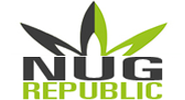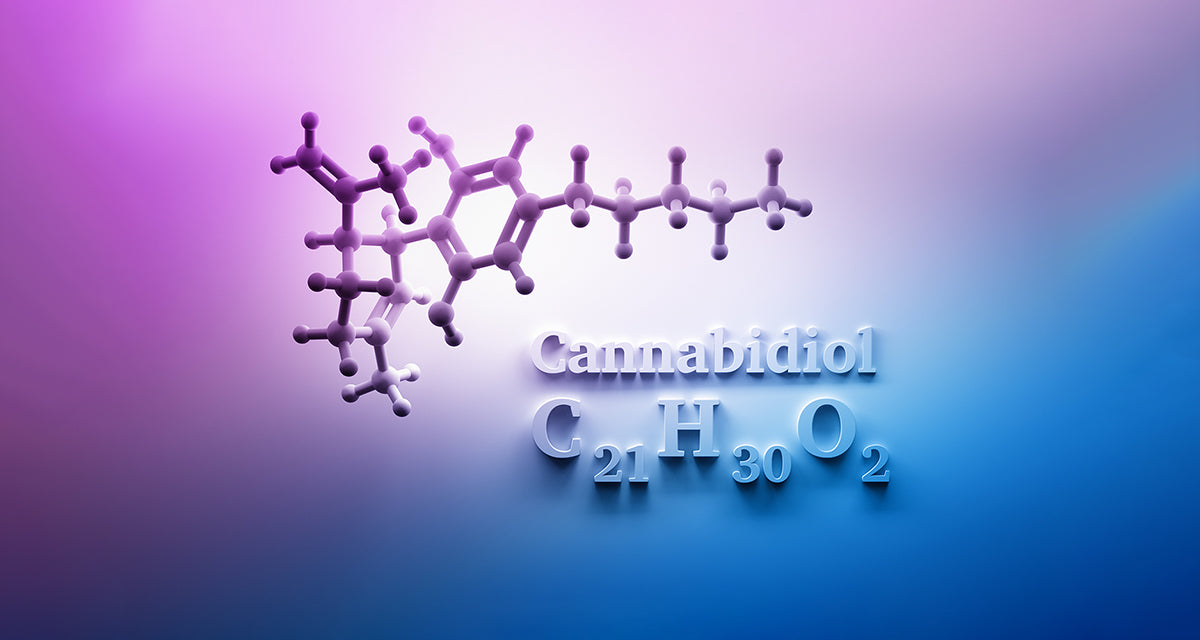What Does CBD Stand For?
For several years, both professionals and patients have quietly wondered about the much-celebrated efficacy of cannabis-based therapies. The appeal is completely understandable. As naturally sourced remedies, they have none of the severe side effects associated with exotic pharmaceutical concoctions.
Of course, there was just one little problem: prior to the tail end of 2018, the federal government considered cannabis purchases illegal, irrespective of individual state laws. That draconian view, though, faded in the rear-view mirror with the passage of the 2018 Farm Bill. A groundbreaking piece of legislation, the matter found political consensus at a time when extreme vitriol has become the norm. More importantly, the Farm Bill allowed individuals the legal option to explore cannabis-infused therapies.
Among the products that were legalized at the federal level, one has stood out the most: CBD. But what does CBD stand for? It’s an acronym for cannabidiol, which is a potent cannabinoid – or organic compound inherent within the cannabis genus – that offers incredible therapeutic benefits.
In the simplest of terms, CBD is the best of both worlds: you receive the benefits of cannabis-based therapies but without the debilitating impact of using tetrahydrocannabinol (THC)-laced materials. As such, there’s never been a better time to start your botanical journey than today.
What’s All This Craze About CBD?
Undoubtedly, one of the biggest social movements in recent years has been CBD. Marketed as the non-psychoactive response inducing cannabis material, cannabidiol is essentially the first cannabis-based compound that appeals to the mainstream. Without causing a high, CBD effectively eliminates the social stigma associated with the broader botanical industry.
Furthermore, an increasing number of people both in the celebrity world as well as in professional athletics have come out of the woodwork and have actively endorsed CBD. Particularly, the latter category is especially compelling for the botanically curious. After all, pro athletes are routinely drug tested: if they ping positive for THC, the advertised products are essentially failures. Yet despite this underlying risk, CBD continues to proliferate, suggesting a broad approval rate among its diverse users. Naturally, then, everyday workers and professionals who have brands and reputations to protect have eagerly sought the therapeutic benefits of cannabidiol-infused products. Brands such as CbdMD and NanoCraft have various products which cater to athletes. As legislation becomes more favorable, the CBD industry will likely expand in scale and prominence.
According to a 2018 study conducted by the Pew Research Center, 62% of Americans favor cannabis legalization. Among supporters, the most ardent advocates are unsurprisingly younger – 74% of Millennials support legalization, while 63% of Generation X gave their approval. But even among older demographics, robust support is palpable. Around 54% of Baby Boomers favor legalization, while a very solid 39% of the Silent generation (born between 1928 and 1945) feel the same.
However, the big opportunity for CBD companies isn’t with the youth: since they already support legalization, there are not many untapped pathways in these demos. Instead, older generations offer ample product evangelism opportunities. Moreover, these folks typically tend to have conditions that would potentially benefit from CBD-based solutions.
In other words, not only is CBD an exciting sector, it has viable pathways for future growth and integration. Again, if you haven’t considered cannabidiol, now is an ideal time to do so.
Composition of Cannabidiol
As briefly explained near the top, CBD is an organic compound called a cannabinoid found within the cannabis genus. In fact, within the cannabis plant are more than 100 cannabinoids, with CBD and THC the most talked about cannabinoids today.
However, other cannabinoids, including Cannabidiolic Acid (CBDA), Cannabidiol (CBD), Cannabinol (CBN), Cannabigerol (CBG) and Cannabichromene (CBC) should not be ignored. Together with the underlying plant’s terpenes (or essential oils), full spectrum CBD products facilitate what is known as the entourage effect. This is the phenomenon where various cannabis compounds work together symbiotically to produce holistic benefits for the end-user.
We’ll discuss the differences in spectrum below. But what makes cannabidiol so effective as a platform? The reason has to do with its molecular similarity with THC; in fact, they’re nearly identical, comprised of 21 carbon atoms, 30 hydrogen atoms, and 2 oxygen atoms. The only difference is the arrangement of the molecules.
Cannabis research has determined that THC is the most potent cannabinoid in the cannabis genus. That being the case, it’s no surprise that CBD is the second-most potent due to the shared molecular structure. And what makes THC so powerful is its ability to bind to CB1 receptors, or endocannabinoid receptors in our body.
CB1 receptors are primarily located in the central nervous system – that’s a major reason why THC imposes a negative psychoactive effect. On other hand, a second set of receptors known as CB2 are located in the peripheral nervous system.
While CBD also binds to CB1 receptors, they do so in a different, “indirect” fashion. Further, the binding of CBD to CB1 prevents THC from binding to the same receptor. Essentially, this similar but slightly different protocol is responsible for CBD having the “best of both worlds” attributes.
The Spectrum Differences
Despite the spike in popularity for CBD products and especially for their practical accessibility, cannabidiol still has a learning curve. For newcomers, they are quickly met with a format choice: full spectrum, isolate or broad spectrum.
What exactly do these terms mean? The easiest to explain is full spectrum CBD, which is currently the most popular variant available. This is cannabidiol mixed with other cannabinoids and terpenes associated with the cannabis plant. Full spectrum CBD also includes a trace amount of THC, but at a level mandated by federal law (i.e., less than 0.3% THC content).
Essentially, full spectrum CBD is what many botanical insiders call natural CBD. From an efficacy standpoint, it offers the end-user substantial benefits in that full spectrum facilitates the entourage effect – you get a little bit of everything, including a trace, legal amount of THC. If you’d like to address a certain condition or symptom, full spectrum may be the ideal platform.
On the other hand, isolate CBD is also gaining popularity among everyday working professionals. This is CBD and only CBD; basically, in any other industry, we’d call this a CBD extract. This is especially useful for those who just want cannabidiol or are starting out with botanical therapies and therefore, wish to work their way up to full spectrum products.
But perhaps the most important consideration for isolate CBD buyers is the complete lack of THC content. Over time and frequent usage of full spectrum CBD, THC can potentially build up in the body. Therefore, it’s possible – though not likely – that a frequent botanical user can ping positive on a drug test. To cut down on that risk, these folks may elect isolate CBD.
However, the platform is not without its disadvantages. Primarily, isolate CBD users cannot benefit from the entourage effect because no other cannabinoids or terpenes are present. Second, isolate CBD products tend to cost more than their equivalent full spectrum products.
For those that want full therapeutic effect and the confidence to pass drug tests, they have the option of going broad spectrum. As the name suggests, broad spectrum has all the benefits of hemp-derived cannabis – most importantly, the entourage effect – but no THC. It’s a lifesaver for those that need the soothing relief of cannabidiol but must also undergo drug tests.
So, why doesn’t everyone choose broad spectrum. Namely, it comes down to the economics of the platform. The extraction process in both isolate and broad spectrum are intensive and require specialized equipment and time-consuming effort. In order to recoup the expenses relative to full spectrum, manufacturers are often forced to raise prices.
Still, for protecting your reputation while enjoying the full therapies of legal cannabis, broad spectrum is your only go-to methodology.
Final Thoughts on CBD
One of the most exciting developments in consumer products and the business world, CBD has the potential to transform both the recreational and medicinal sectors. As a naturally sourced platform, cannabidiol is appropriate for a broad range of society.
However, like any therapeutic solution, it’s best to treat CBD with respect. While an organic product, CBD is incredibly potent. Therefore, beginners to botanical therapies – and even veterans of adult liberties such as vaping – should experiment with small dosages first and then work the content higher.
All in all, very few organic solutions provide the efficacy of CBD while presenting myriad options in terms of spectrum and platform delivery. Cannabidiol promises to be an incredibly relevant industry. And there’s no better time than now to find out how it can positively impact your life.














